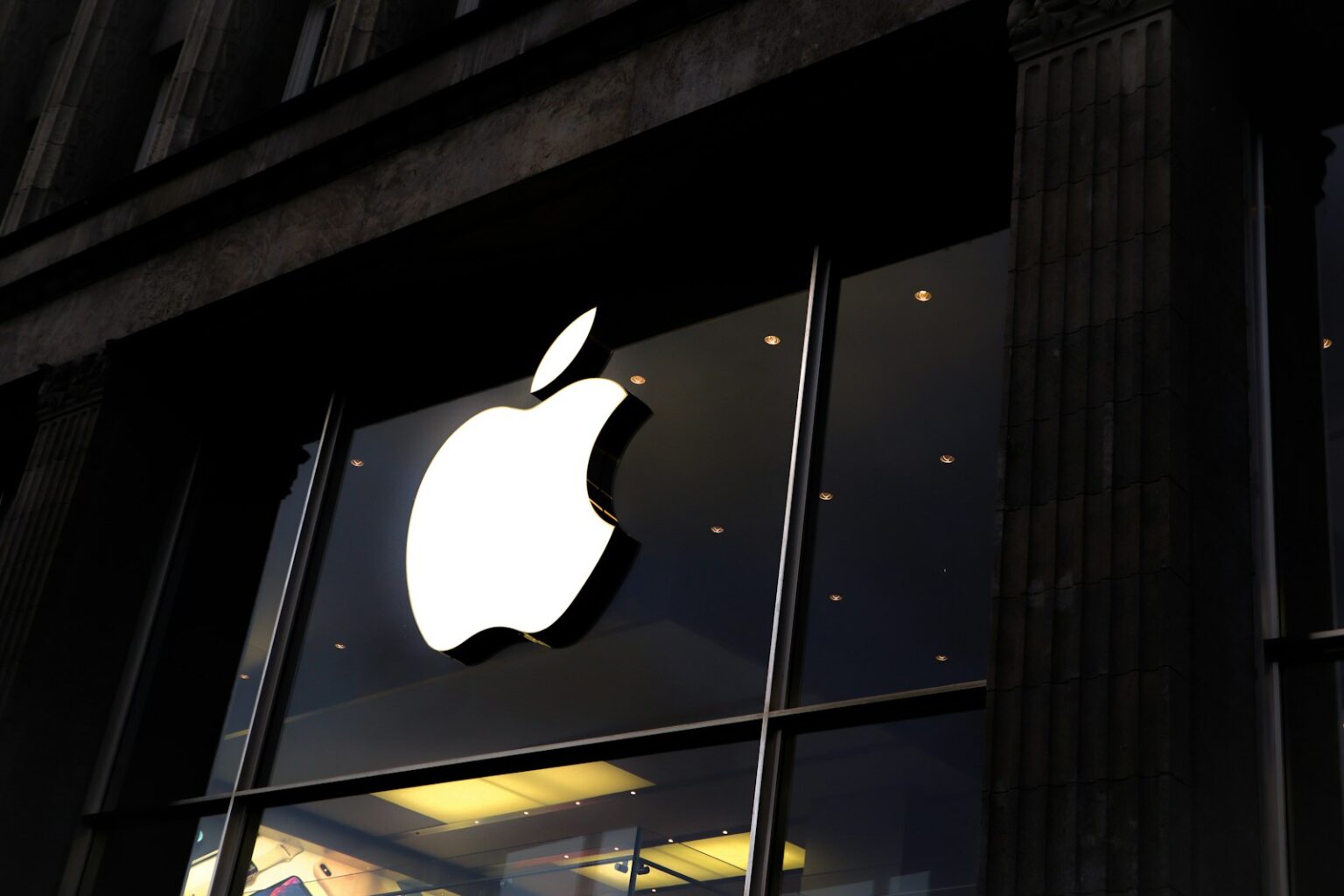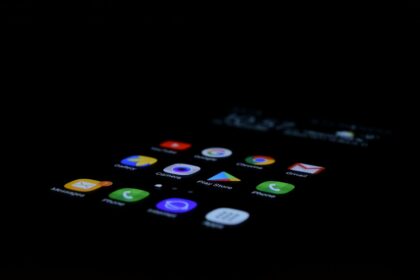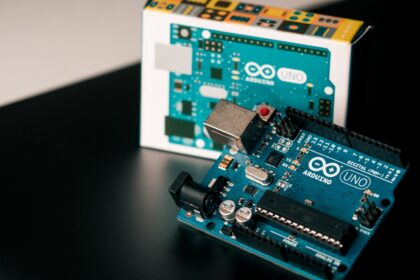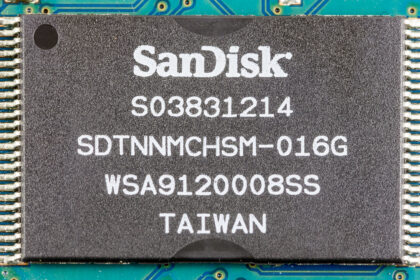Apple just made finding iPhone vulnerabilities more profitable than ever before. The tech giant announced major changes to its bug bounty program that could pay security researchers up to $2 million for discovering critical exploits. With bonuses factored in, the maximum payout could exceed $5 million for the most sophisticated discoveries.
The massive reward increases
Apple is doubling its top bug bounty reward from $1 million to $2 million starting November 2025. This applies specifically to zero-click remote attacks that can compromise devices without any user interaction. These are the same types of exploits used by mercenary spyware like Pegasus.
The reward structure has been completely overhauled across multiple categories. One-click remote attacks now pay up to $1 million instead of $250,000. Wireless proximity attacks also jumped to $1 million from $250,000. Physical device access exploits doubled to $500,000.
“We are lining up to pay many millions of dollars here, and there’s a reason”, said Ivan Krstic, Apple’s vice president of security engineering and architecture. “We want to make sure that for the hardest categories, the hardest problems, the things that most closely mirror the kinds of attacks that we see with mercenary spyware, that the researchers who have those skills and abilities and put in that effort and time can get a tremendous reward”.
Why Apple is paying so much
Apple’s massive reward increases target the growing mercenary spyware industry. Companies like NSO Group sell sophisticated hacking tools to governments worldwide. These tools exploit zero-click vulnerabilities to install spyware like Pegasus on target devices without the user’s knowledge.
The spyware industry has become increasingly sophisticated and well-funded. Developing a working exploit chain can cost millions of dollars and requires months of research. Apple wants to make it more profitable for security researchers to report vulnerabilities rather than sell them to spyware companies.
Since 2021, Apple has warned users in over 150 countries about mercenary spyware attacks. The company estimates these attacks cost millions of dollars to develop and target very specific individuals. Journalists, activists, lawyers, and political opponents are common targets.
The bonus system explained
Apple’s bonus system can more than double the base rewards. Researchers get additional payments for finding vulnerabilities in beta software or bypassing Lockdown Mode. Lockdown Mode is Apple’s ultra-secure browsing mode designed to protect high-risk users.
The theoretical maximum payout combines a $2 million base reward with 100% bonuses for Lockdown Mode bypasses and beta discoveries. This brings the total possible payout to over $5 million for a single vulnerability report. Apple claims this is the highest bug bounty reward offered by any company.
However, earning the maximum payout requires meeting very specific criteria. The vulnerability must work on the latest hardware and software, bypass multiple security layers, and demonstrate actual exploitation capability. Apple expects these maximum payouts to be extremely rare.
New categories and attack surfaces
Apple expanded its bug bounty program to cover new types of attacks. WebKit sandbox escapes now earn up to $300,000. Complete macOS Gatekeeper bypasses pay $100,000. Unauthorized iCloud access can earn $1 million, though no successful exploits have been demonstrated yet.
The program now emphasizes complete exploit chains rather than individual vulnerabilities. Real-world attacks typically chain multiple bugs together to achieve their goals. Apple wants researchers to focus on these more realistic attack scenarios.
Remote entry vectors receive the highest rewards because they pose the greatest threat. Attack categories that aren’t commonly seen in real-world scenarios receive lower payouts. This encourages researchers to focus on vulnerabilities that actually matter for user security.
Target Flags system speeds up payments
Apple introduced “Target Flags” to accelerate reward payments. This system, inspired by capture-the-flag competitions, lets researchers prove exactly what they achieved with their exploits. When researchers successfully compromise a device, they can capture specific flags that demonstrate code execution or data access.
Previously, researchers often waited months for Apple to develop and release security patches before receiving payment. With Target Flags, researchers can get paid immediately after Apple verifies their captured flags. This removes the frustrating delays that have plagued bug bounty programs.
The flag system also provides objective proof of exploitation. Researchers no longer need to argue about whether their findings qualify for specific reward levels. The captured flags clearly demonstrate what the vulnerability can accomplish.
Memory Integrity Enforcement changes the game
Apple’s new Memory Integrity Enforcement (MIE) feature makes exploitation much harder. Available on iPhone 17 models with A19 chips, MIE prevents memory corruption attacks at the hardware level. This is the same type of vulnerability that spyware companies typically exploit.
MIE assigns unique tags to memory allocations and validates access attempts in real-time. If an exploit tries to access memory with the wrong tag, the system immediately blocks the attempt and logs the violation. This makes traditional exploitation techniques much more difficult.
Apple believes MIE represents the most significant upgrade to memory safety in consumer operating system history. The company tested MIE against known mercenary spyware attacks and found it blocked many common exploitation techniques. This should force attackers to develop entirely new methods.
Competition in the bug bounty space
Apple’s $2 million maximum reward puts it ahead of most competitors. Google’s bug bounty program typically pays up to $31,337, though exceptional cases have earned over $600,000. Microsoft offers up to $250,000 for critical vulnerabilities in Azure and Windows.
However, some cryptocurrency bug bounties have paid much higher amounts. DeFi protocols have paid over $15 million for critical smart contract vulnerabilities. But for traditional technology companies, Apple’s program now offers the highest rewards.
The increased competition for security talent benefits everyone. Higher rewards attract more skilled researchers and encourage them to focus on legitimate bug hunting rather than selling exploits to criminals. This strengthens overall cybersecurity across the industry.
Impact on the jailbreaking community
Higher bug bounty rewards could reduce the number of publicly released jailbreaks. Jailbreak developers often use the same types of exploits that qualify for Apple’s highest rewards. The financial incentive to report vulnerabilities privately may outweigh the community benefits of releasing public jailbreaks.
Some community members worry that Apple’s increased rewards will lead to fewer free exploits. A single vulnerability that might have powered a public jailbreak could now earn a researcher $1-2 million through Apple’s program. This creates a strong financial incentive to work with Apple instead of the community.
However, other factors still motivate jailbreak development. Many developers enjoy the technical challenge and community recognition that comes with releasing public tools. The jailbreaking scene has survived previous increases in bug bounty rewards.
iPhone 17 special security initiative
Apple plans to distribute 1,000 iPhone 17 devices to civil society organizations. These devices will feature the new Memory Integrity Enforcement technology and go to activists, journalists, and other at-risk users who might be targeted by mercenary spyware.
This initiative builds on Apple’s previous $10 million grant to organizations investigating mercenary spyware attacks. The company recognizes that high-risk users need access to the latest security protections. Government critics and human rights defenders are often the first targets of sophisticated spyware campaigns.
The iPhone 17 distribution program ensures that those who need advanced security features most will have access to them. These users can provide valuable feedback about real-world attacks and help Apple improve its defenses.
Looking ahead to the future
Apple’s bug bounty evolution reflects the changing cybersecurity landscape. As nation-state actors and mercenary spyware companies become more sophisticated, defensive strategies must evolve. The increased rewards signal Apple’s commitment to staying ahead of these threats.
The success of this program will likely influence other companies to increase their own bug bounty rewards. If Apple can attract top security talent with million-dollar payouts, competitors may need to match those rewards. This could lead to an arms race in bug bounty compensation.
For Apple, the investment makes financial sense. Paying millions to prevent security vulnerabilities costs far less than dealing with the aftermath of successful attacks. Data breaches, regulatory fines, and reputation damage can cost billions of dollars.
The program changes take effect in November 2025, with full details to be published on Apple’s Security Research website. Researchers interested in pursuing these high-value rewards should prepare for extremely challenging technical work. The most lucrative discoveries will require exceptional skill and significant time investment.
























